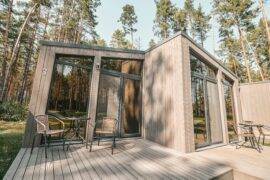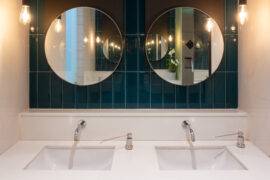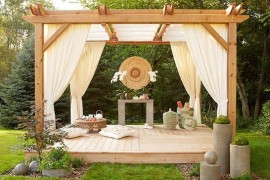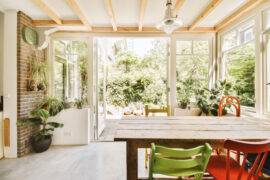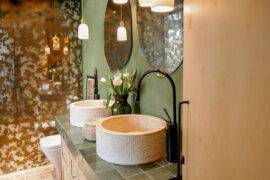It’s no secret that I’ve been a wee bit obsessed with plants lately. After taking a good look at my interior and realizing that multiple areas of my home are a bit bare, I’m convinced that a few houseplant purchases will help breathe new life into my living room, bedroom, powder room and home office. I’m fairly good at keeping plants alive, but when I get busy, I tend to be forgetful about watering. And sometimes I water all of the plants the same way, without paying attention to their individual needs. Okay, so maybe I’m not the best at tending to my plants! But lately I’ve gotten some helpful advice.
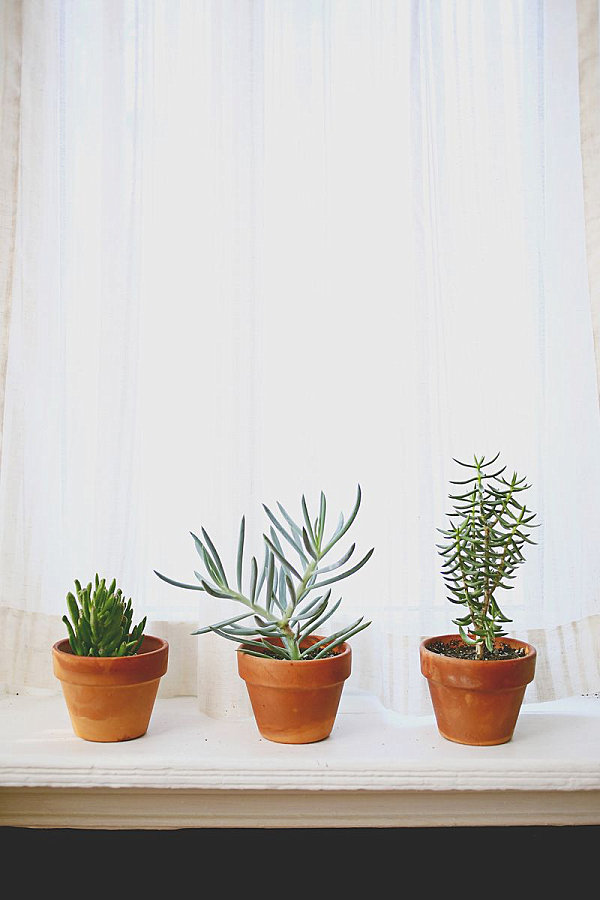
For starters, several of my favorite blogs have recently featured posts on caring for houseplants. I’ve picked up some wonderful tips over the last couple of months. Also, the nurseries where I buy many of my plants are staffed with experts who are great at giving advice on caring for plants, both indoor and out. Finally, my obsession with DIY projects featuring pots and planters has helped motivate me to put as much thought into my plants as I put into crafting their containers.
Today I thought I’d share some tips and tidbits for choosing and maintaining the best indoor plants for your interior. I’ve included helpful links in the text below, which will lead you to additional articles and posts for more information. May the suggestions and ideas that follow inspire you to incorporate more plant life into your home…
Indoor Plant Ideas
I thought I’d begin by sharing a few houseplant ideas that experts consistently recommend as sturdy indoor greenery. These are the tried and true winners, several of which I can personally vouch for, since I’ve had them in my home and they’ve survived my less-than-diligent maintenance practices. For starters, there’s the fiddle leaf fig, known for its leathery leaves and substantial presence. Just make sure you don’t over water this plant (allow the soil’s surface to dry out in between waterings)! Medium to bright light is the magic formula. [from Hello There Home]
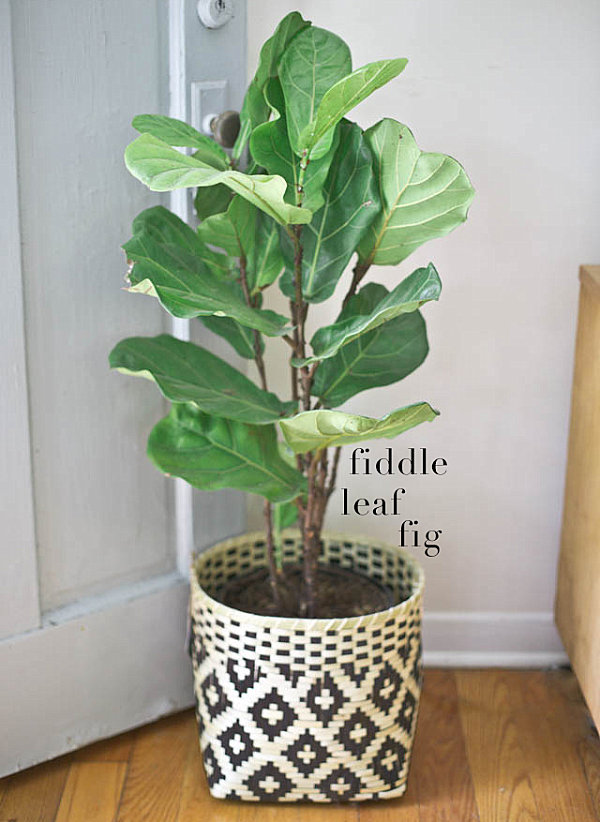
Zamioculcas Zamiifolia, also known as the ZZ plant (or the zee zee plant) is a long-lasting, super-resilient houseplant that can handle low to bright light. Note that the plant can be poisonous to pets and children if they start chewing on the leaves! Below we see an image from My City Plants, a plant delivery service in New York:
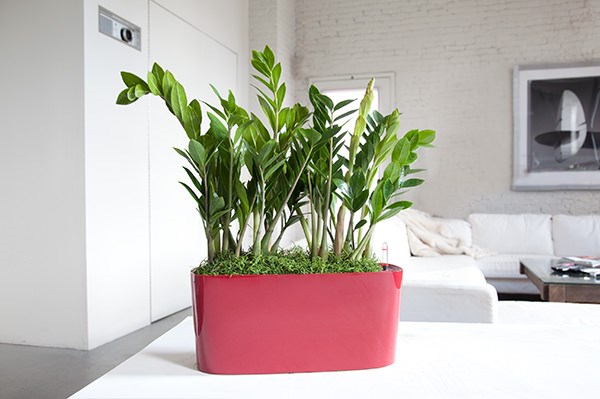
The rubber plant is known for its ability to make a big statement with its large shiny leaves. Note that this plant leaks a milky white sap if damaged, as well as the fact that it can be trimmed to form more of a shrub than a tree. Give your rubber plant medium to bright indirect light, be sure to avoid direct sun, and allow the surface of the soil to dry out in between waterings. [from My City Plants]
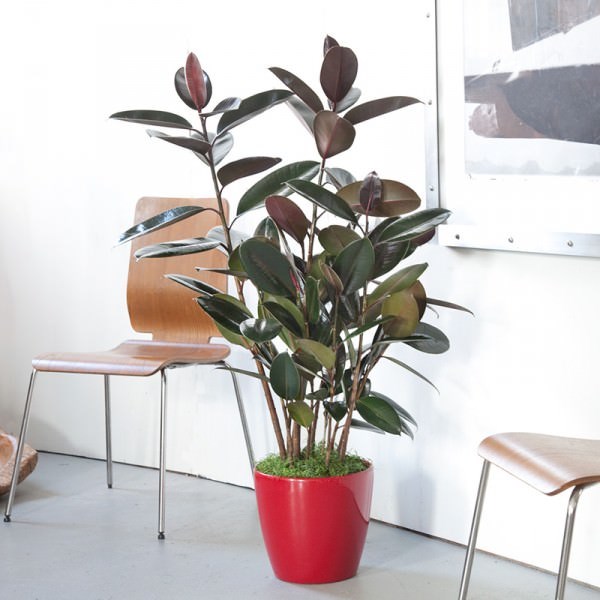
The Boston fern can live for decades, especially when kept moist. Misting this plant is helpful between waterings, and medium to bright light is preferred. You often see this plant hanging in a basket or proudly resting on a pedestal. Not to mention, it makes a big statement with its full form. [from Two Art Directors and a Photographer]
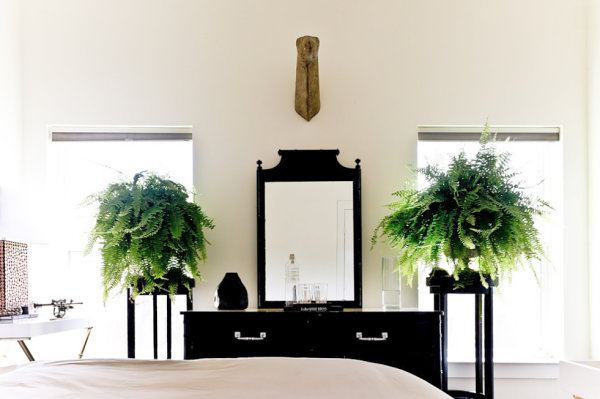
There are various varieties of our next featured plant–dracaena. People love the exotic look of this plant, which thrives in medium to bright light. As with many of today’s featured plants, it’s important to allow the soil surface to dry between waterings, and do note that the plant can be poisonous to your pets. [from Better Homes and Gardens]
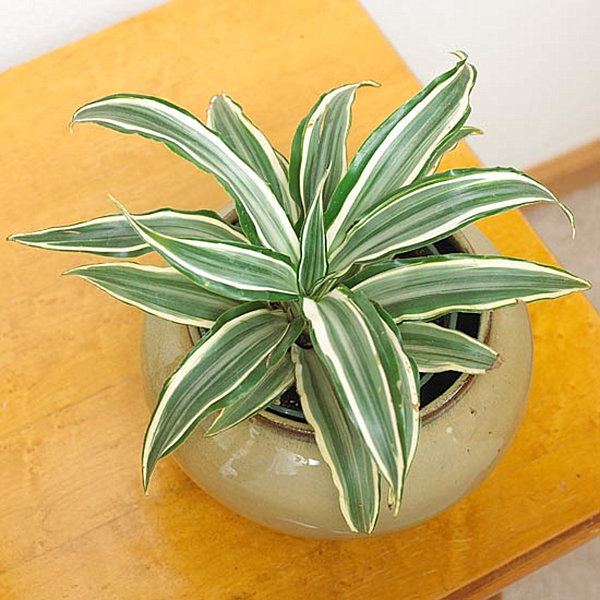
Once you’ve selected a dracaena variety for your home, check with an expert for more information on care and maintenance specifics. [from Incorporated]
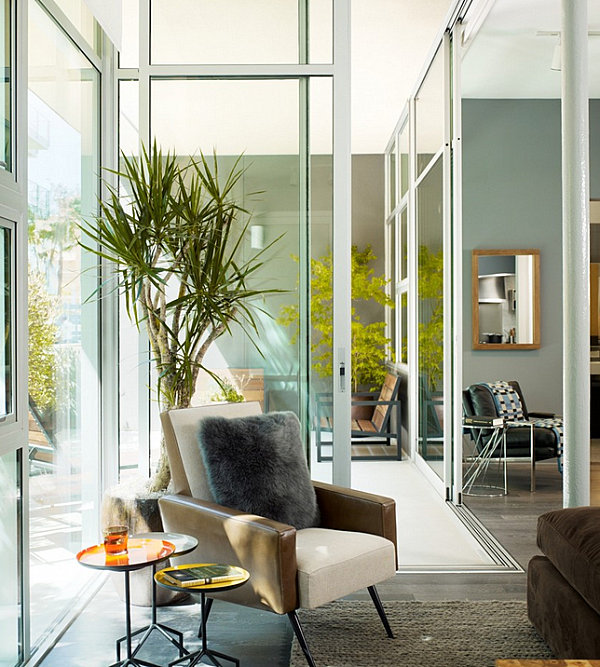
Ah, the snake plant! While researching this post, I came across multiple sources that referred to it as the next best thing to plastic plants. That’s a good sign about its low-maintenance nature, isn’t it?! The snake plant is often used as a decorative divider in commercial spaces such as shopping malls, lobbies and restaurants. While it can handle low light, it truly thrives in brighter spaces. Definitely allow the soil surface to dry before each watering. [from Stanislav Ermolenko via Houzz]

Succulents are beautiful, interesting, and easy to maintain. They do well in rooms with bright light, and they highly prefer not to be over watered. I’m serious about this last point. While people joke that these plants will survive forgetful owners, they will not survive excess amounts of water. I’ve lost many a succulent this way. [from Design Love Fest]
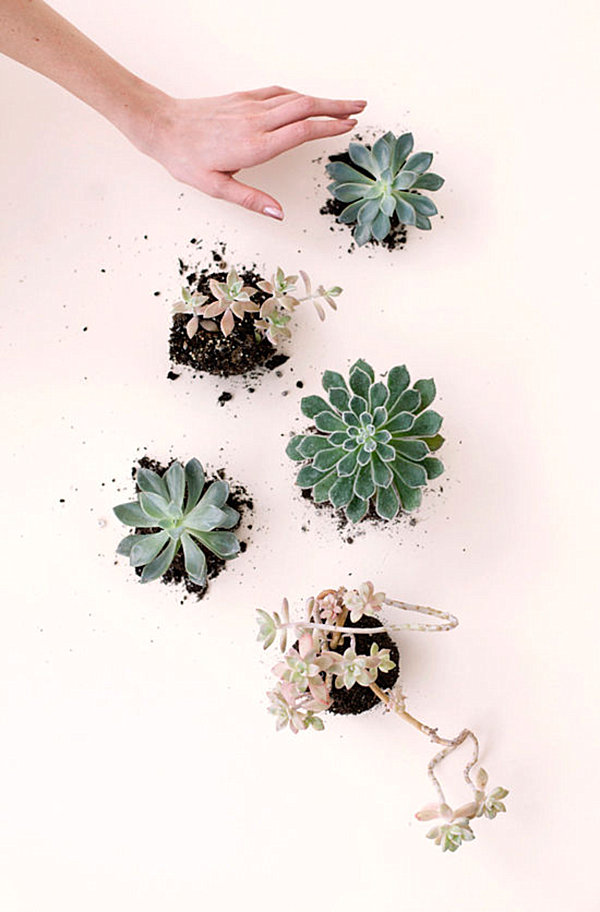
But if you pay attention to your succulent and make sure the soil is not moist before watering, this plant can enjoy a long, healthy life. And your interior will benefit from the added dose of style! Below we see Mini Hanging Planters from Ship & Shape:
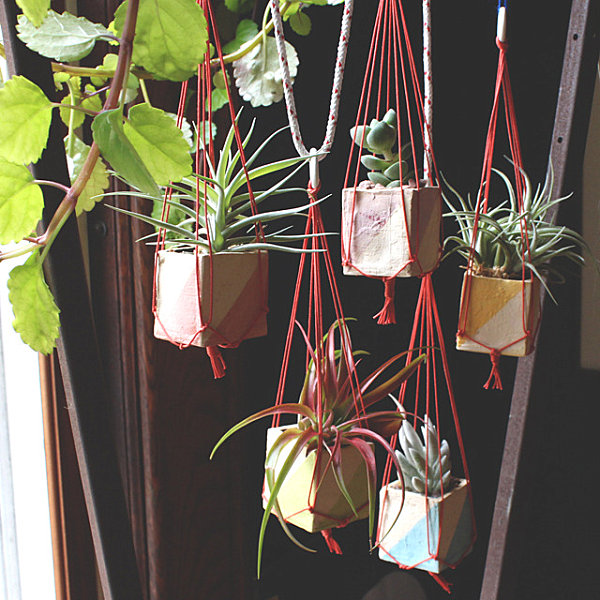
We end this section by shining the spotlight on air plants, which thrive in bright but indirect light. Contrary to what you may have heard, they do in fact need water. Consult your local nursery for maintenance tips on your chosen air plant variety, but as a general rule, soaking these plants in water one or more times a week (and misting them from time to time) will do the trick. [from Airplantman]
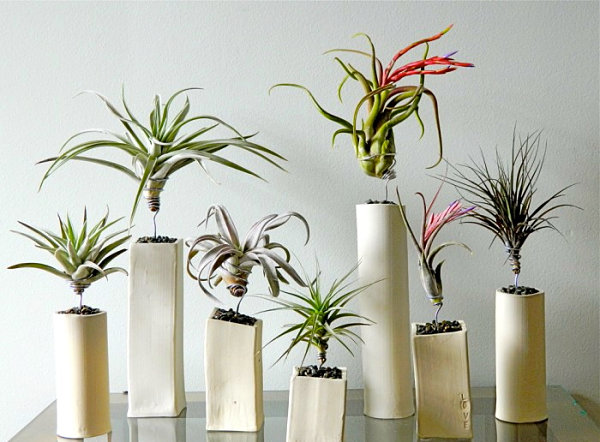
Helpful Tips for Growing Indoor Plants
We end today’s post with a few tips and helpful hints for maintaining healthy indoor plants. I’m a big believer in this first key rule:
1. Speak with an expert at your local nursery. You will often find varying opinions on how much light a plant needs and the best way to water it, even if you consult multiple sources online. Sometimes speaking with someone in person can help clarify confusion, especially if this expert comes from a trusted nursery. [from The Garden Glove]
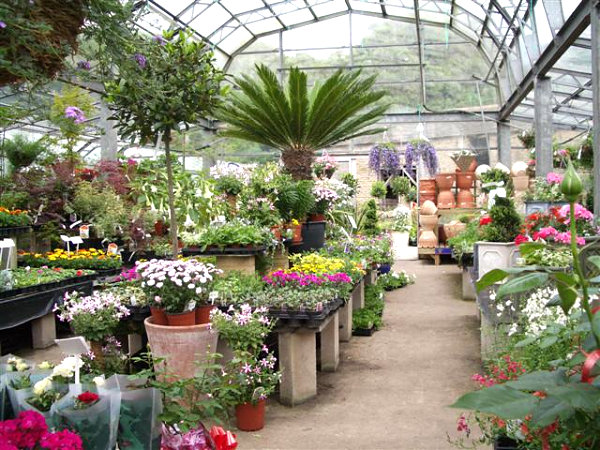
2. Pay careful attention to light levels. Your home has specific lighting conditions that will affect your plants’ health. Just as you may need to move a potted plant around your yard to find that perfect combination of light and shade, you will need to monitor your houseplants to ensure they are not getting too much or too little light. Reading that a plant needs to be placed next to a window is great information, but the direction your window faces and its size can vary from room to room. And these factors can affect your plant’s overall health. [from SF Girl By Bay]
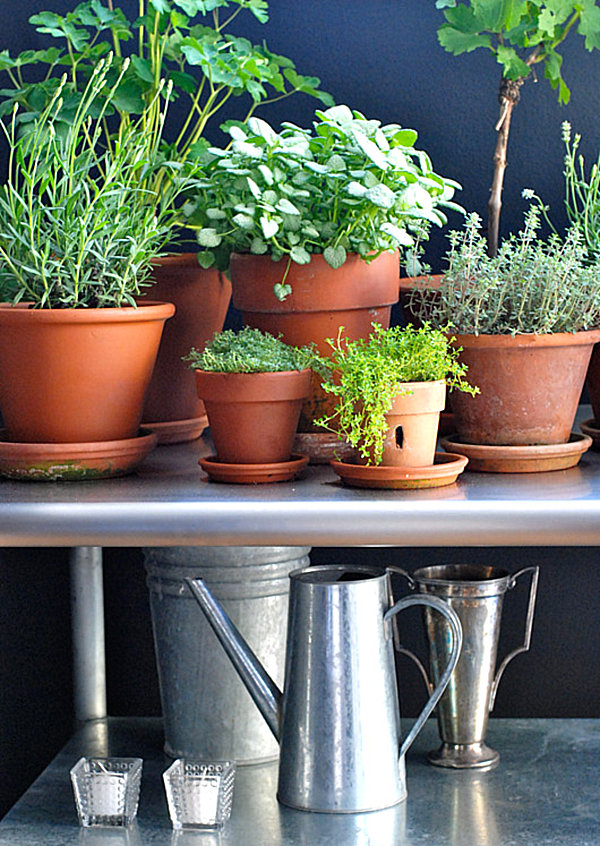
3. Beware of houseplant myths. This general rule reinforces why talking to an expert and paying special attention to your plant’s needs are so important. As mentioned, one common myth is that air plants don’t require water since they get everything they need from the air. Definitely not true! Take the time to research your plant’s ideal growing conditions. If you’ve heard that you can totally neglect a plant and it will still survive, be suspicious. [from West Elm]
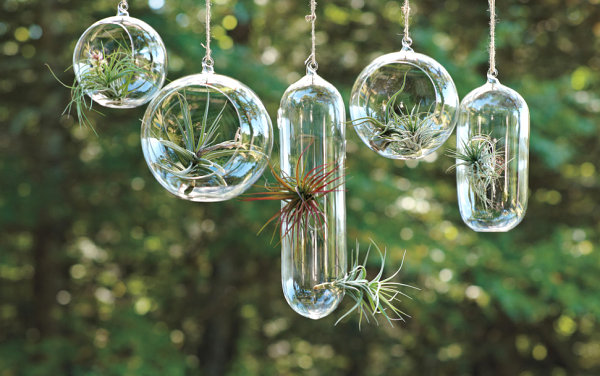
4. Not all plants need to be watered at the same rate. Some of your indoor plants will likely need to stay moist, while others will need to dry out a bit between waterings. Don’t assume that you can take a pitcher around the house and pour the same amount of water into each pot without paying attention to the moisture levels of the soil. [from Kinfolk]
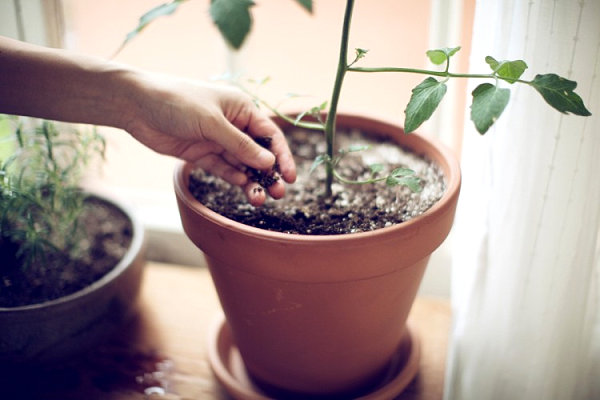
5. Don’t give up. This last tip may seem obvious, but it comes from personal experience. If at first you don’t succeed, try again. There are things you learn the hard way that will be a great benefit to you the rest of your gardening life. Take a second chance on a plant that you inadvertently let fall between the cracks. For example, I learned the hard way that over watering succulents leads to root rot and gnats. I won’t make that mistake again! [from Jessica Helgerson Interior Design]
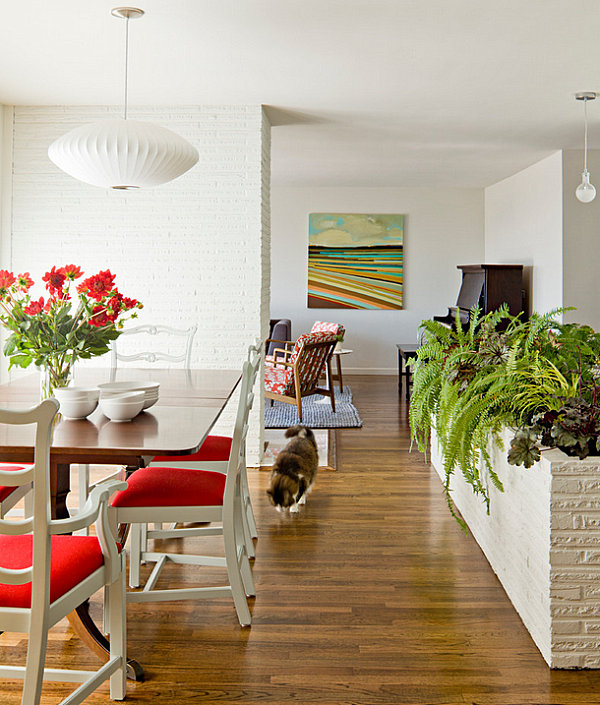
I’ll end with a list of blog posts and articles that will be a great help to you in your houseplant endeavors. They sure have helped me! We hope today’s post is on your list as well!:
- “24 of the Easiest Houseplants You Can Grow” from Better Homes and Gardens
- “FYI: Indoor House Plants” by Amber Interiors
- “House Plants 101” from Design Love Fest
- “Learning About Indoor Plants” from A Beautiful Mess (includes a list of resource articles)
- “10 Tips for the Black Thumb” from Kinfolk
Happy indoor gardening!…
